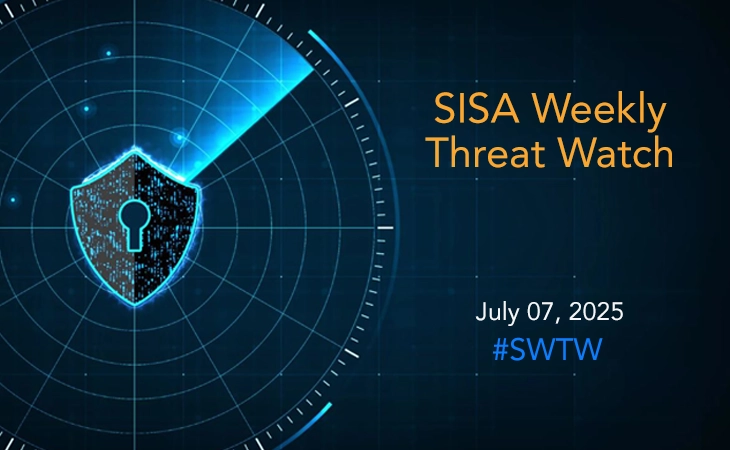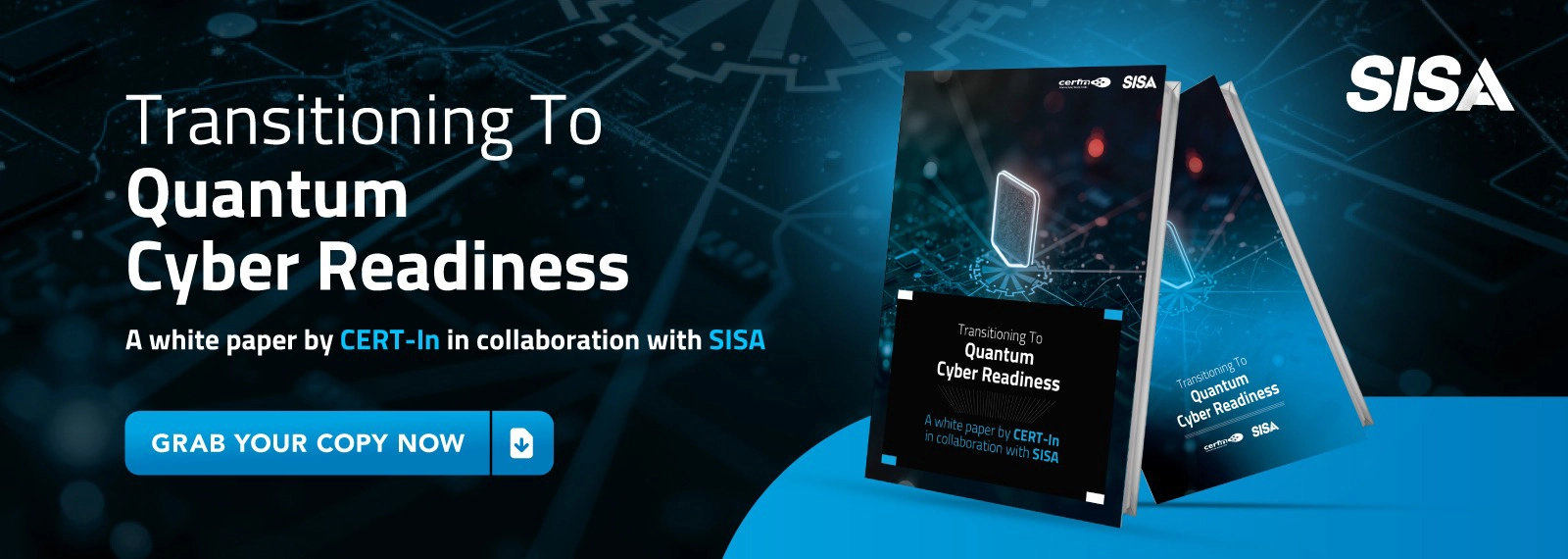

What Is Sensitive Data? Types, Risks, and Protection Measures
Sensitive data is the lifeblood of any organization, encompassing a wide range of information that, if exposed or mishandled, can have detrimental consequences. Therefore, it is imperative for organizations to not only understand what constitutes sensitive data but also have robust measures like data discovery and classification to protect it.
In today’s interconnected world, where cyber threats continue to evolve at an alarming rate, organizations face an ever-increasing risk of data breaches and cyber-attacks. Safeguarding sensitive data has become a top priority to protect the reputation, trust, and overall security of any business. A single data breach can have catastrophic consequences, resulting in financial losses, reputational damage, legal ramifications, and regulatory penalties. Therefore, it is imperative for organizations to not only understand what constitutes sensitive data but also have robust measures like data discovery and classification to protect it.
Data Discovery and Classification is the vital GPS for navigating the massive data landscapes of today’s organizations. This twin powerhouse is at the heart of data governance, crucial for maintaining the relevance, consistency, and security of your data. In the face of rapidly multiplying data volumes and increasingly stringent regulatory demands, its significance is skyrocketing. Without efficient data discovery and classification, businesses miss out on critical insights that could drive innovation, cost-savings, and improved decision-making. According to a report by IBM, poor data quality costs the US economy around $3.1 trillion a year. This hidden cost is a silent drain on resources, productivity, and ultimately, profitability. As data becomes the linchpin for decision-making, operational efficiency, and innovation, understanding what constitutes sensitive data and mastering Data Discovery and Classification is key to staying competitive, compliant, and in control.
What is Sensitive Data?
Sensitive data is the lifeline of any organization, encompassing information that, if exposed or mishandled, can have detrimental consequences. It is a broad term that entails any information requiring stringent protections against unauthorized access, thereby safeguarding an individual’s or organization’s privacy, security, and legal compliance. Traditionally, sensitive data included personally identifiable information (PII) such as Social Security numbers, credit card information, driver’s license numbers, health records, and any other data that could be used to identify, locate, or contact an individual. For businesses, sensitive data could include proprietary research, financial information, customer databases, strategic plans, and more.
However, with the rise of the digital age, even seemingly benign pieces of information, like someone’s email address or digital habits (like their search history or app usage), can become sensitive due to the ability to use this data for activities such as identity theft, phishing, or profiling. Further, with the advent of big data, machine learning, and AI, the variety of data that can be considered sensitive has grown. For example, data used to train machine learning models can be sensitive because of its impact on model outputs, which may be used in decision-making processes.
By understanding the significance of sensitive data and the potential risks associated with its compromise, organizations can take proactive measures to protect this invaluable asset.
Types of Sensitive Data
Sensitive data comes in various forms, each carrying its own level of risk and importance. By recognizing and classifying the different types of sensitive data, organizations can tailor their data protection strategies accordingly. Some of the major types of sensitive data are listed below:
- Personal Identifiable Information (PII): PII comprises data that can uniquely identify an individual, either directly or indirectly. It spans across a broad spectrum – from names, social security numbers, and postal addresses to bank account numbers, email addresses, and mobile phone numbers.
- Protected Health Information (PHI): PHI represents any health-related information safeguarded under the Health Insurance Portability and Accountability Act (HIPAA). This data type could range from an individual’s medical records and treatment details to their specific healthcare payment data.
- Financial Information: This category pertains to any details related to an individual’s or a company’s financial status or transactions, such as bank accounts, credit card numbers, salary details, or even tax filings. Unauthorized exposure of such information could instigate severe financial fraud.
- Intellectual Property: This category includes trade secrets, proprietary information, research, and other forms of data that give an organization a competitive edge. Unauthorized disclosure of such data can significantly impact the economic health of the organization and lead to unfair competitive practices.
How to Measure Data Sensitivity?
In the modern era, the concept of sensitive data has become increasingly fluid and context dependent. Factors such as the source of the data, the intended use, the potential for harm, and applicable legal or regulatory requirements all play a role in determining whether a particular data element should be considered sensitive. This evaluation involves a comprehensive understanding of the nature of data, its storage and transmission mechanisms, access privileges, and the potential fallout in the event of a data breach. Here is a checklist to help organizations measure data sensitivity:
- Regulatory Requirements: When assessing data sensitivity, it is crucial to consider if the data falls under specific compliance regulations. For example, the General Data Protection Regulation (GDPR) governs the protection of personal data of European Union residents, while the Health Insurance Portability and Accountability Act (HIPAA) sets guidelines for safeguarding health information. Similarly, the Payment Card Industry Data Security Standard (PCI DSS) mandates security measures for organizations that handle payment card information.
- Data Accessibility: Evaluating who can access the data is essential in assessing its sensitivity. Determine the individuals or roles within the organization who have permission to view, modify, or delete the data. Additionally, consider external factors such as vendors, partners, or third-party service providers who may have access to the data. Assessing data accessibility helps identify potential vulnerabilities and the likelihood of unauthorized access or disclosure.
- Data Age and Lifecycle: Data sensitivity can vary based on its age, purpose, and current usage within the organization. Assess the relevance and importance of the data by considering factors such as its creation date, last modification date, and retention period. Outdated or unused data may still contain sensitive information that requires protection, but its level of sensitivity may be lower compared to actively used or recently modified data.
- Data Dependencies: Data rarely exists in isolation and often interacts with other systems, applications, or processes within an organization. Identify the dependencies and interconnections of sensitive data to understand its potential impact if compromised. For instance, if a particular data set is critical for core business operations or if it serves as a foundation for other processes, its compromise could have far-reaching consequences.
- Data Value: Consider the financial, reputational, or operational impact that data loss or unauthorized disclosure could have on the organization. Assigning a value to the data helps prioritize protection efforts and allocate resources effectively
How to Protect Sensitive Data?
Unauthorized disclosure of sensitive data can lead to identity theft, financial losses, and personal safety risks for individuals, while organizations may face financial penalties, reputation damage, and legal consequences. Non-compliance with data protection laws can result in severe penalties, and exposure of proprietary information can harm an organization’s competitive advantage. Discovering and protecting sensitive data within an organization involves a multi-pronged approach.
- Data Discovery: Data discovery is the initial step, which involves identifying where sensitive data is stored within the organization’s networks, systems, and devices. Tools like Data Loss Prevention (DLP) software can automate this process, significantly reducing the likelihood of oversight.
- Data Classification: Post discovery, it is crucial to classify data based on its sensitivity, thereby determining the level of protection required. Common classification levels include public, internal, confidential, and restricted. Each level requires specific security controls, ensuring that resources are efficiently allocated.
- Security Controls: Once classified, organizations must implement suitable security measures such as encryption, access control, data masking, network segmentation, and secure disposal methods. The more sensitive the data, the more robust the security controls should be.
- Regular Audits and Training: Conducting regular audits helps to ensure that security controls are working as intended, and that the sensitive data remains secure. Employee training is equally crucial, as a significant proportion of data breaches are due to human error. Training programs should emphasize the importance of data security and teach employees to identify potential threats.
- Incident Response Plan: Lastly, it is essential to develop a comprehensive incident response plan to address data breaches and security incidents promptly. This plan should outline the steps to be taken in case of a breach, including containment, investigation, and communication.
In conclusion, protecting sensitive data is paramount for organizations to maintain their integrity and security. Effective data discovery and classification yield numerous benefits for organizations in today’s complex threat landscape. Organizations gain a comprehensive understanding of the location where sensitive data resides and the level of protection required, allowing them to implement appropriate security controls, minimize vulnerabilities, meet compliance requirements, enhance incident response capabilities, and allocate resources more efficiently.
Data discovery and classification tools like SISA Radar play a crucial role in protecting sensitive data. Not only do these tools ensure business continuity and compliance with regulatory mandates, but they also play a crucial role in building trust with customers and stakeholders. By leveraging AI (Artificial Intelligence) and ML (Machine Learning) algorithms, our solution automates the identification and labeling of data based on predefined criteria. This not only saves time and resources but also ensures consistency and accuracy throughout the process. This strategic approach to data discovery and classification can serve as a formidable defense against potential data breaches and their damaging fallout.
To know more about how SISA Radar can help your organization streamline the process of data discovery and classification, book a free demo today!
To get daily updates on the critical vulnerabilities being exploited by threat actors, subscribe to SISA Daily Threat Watch – our daily actionable threat advisories.
For a deeper understanding of how you can prevent these threats from affecting your organization, request a call to get in touch with our experts.
Latest
Blogs
Whitepapers
Monthly Threat Brief
Customer Success Stories

SISA is a Leader in Cybersecurity Solutions for the Digital Payment Industry. As a Global Payment Forensic Investigator of the PCI Security Standards Council, we leverage forensics insights into preventive, detective, and corrective security solutions, protecting 1,000+ organizations across 40+ countries from evolving cyberthreats.
Our suite of solutions from AI-driven compliance, advanced security testing, agentic detection/ response and learner focused-training has been honored with prestigious awards, including from Financial Express, DSCI-NASSCOM and The Economic Times.
With commitment to innovation, and pioneering advancements in Quantum Security, Hardware Security, and Cybersecurity for AI, SISA is shaping the future of cybersecurity through cutting-edge forensics research.
Company
Resources
Quick Links
Copyright © 2025 SISA. All Rights Reserved.
 USA
USA India
India APAC
APAC Middle East
Middle East Global
Global





 Facebook
Facebook Linkedin
Linkedin  X
X Youtube
Youtube





